Summary
Standing at an elevation of 13,223 feet (4,030 meters), it is a popular destination for mountaineers and hikers alike. The mountain offers breathtaking panoramic views of the surrounding alpine landscape.
During the winter season, Mount Audubon receives an average snowpack range of 100-200 inches (254-508 cm). This makes it an excellent location for backcountry skiing and snowshoeing. The snowpack usually persists well into the spring, providing opportunities for winter sports enthusiasts. Additionally, the mountain's proximity to the Indian Peaks Wilderness ensures a pristine and untouched winter wilderness experience.
Mount Audubon is known for its beautiful alpine lakes and serves as a prominent water source for several creeks and rivers in the area. Snowmelt from the mountain flows into Jasper Creek, Middle Boulder Creek, and eventually into the Boulder Creek watershed. These waterways provide vital resources for wildlife and contribute to the overall ecological health of the region.
The name "Audubon" is said to have been given to the mountain in honor of John James Audubon, a renowned American naturalist and painter. The mountain's naming reflects its significance as a place of natural beauty and ecological importance. While no specific legends or lore are associated with Mount Audubon, its majestic presence and rich history continue to captivate those who venture to its summit.

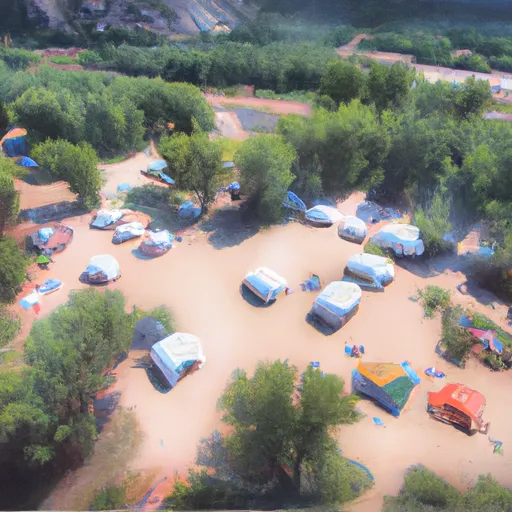 Site W8
Site W8
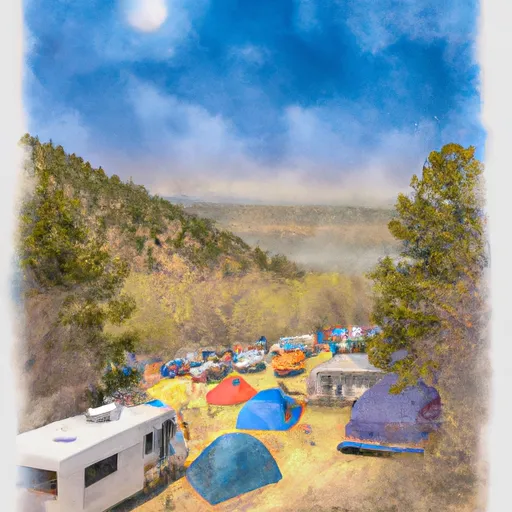 Site W7
Site W7
 Site W5
Site W5
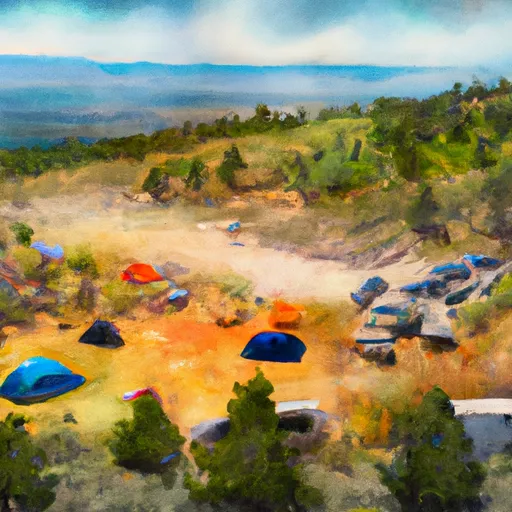 Site W6
Site W6
 Site W4
Site W4
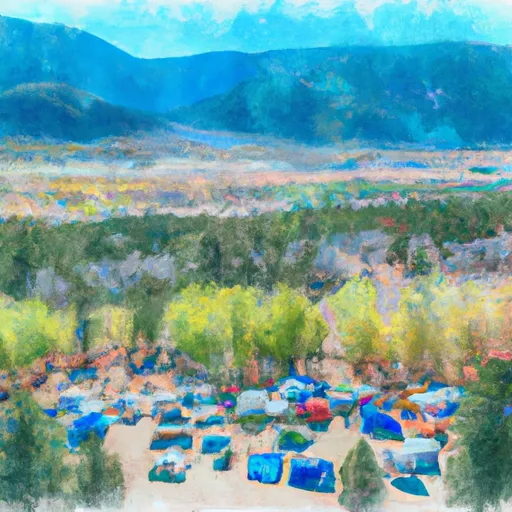 Site W3
Site W3
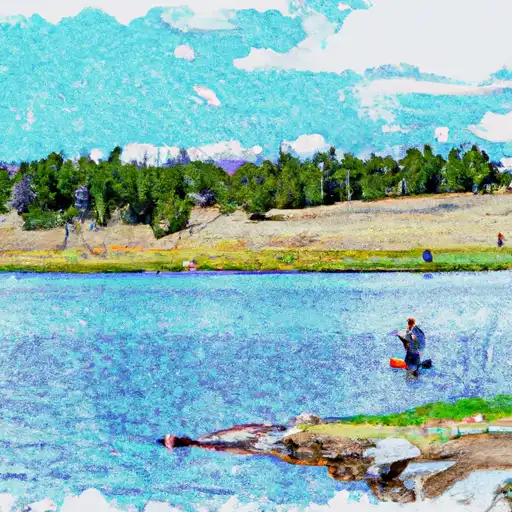 Coney Lakes - IPWA
Coney Lakes - IPWA
 Mitchell Lakes - IPWA
Mitchell Lakes - IPWA
 Lake Isabelle - IPWA
Lake Isabelle - IPWA
 Long Lake - IPWA
Long Lake - IPWA
 Brainard Lake - IPWA
Brainard Lake - IPWA